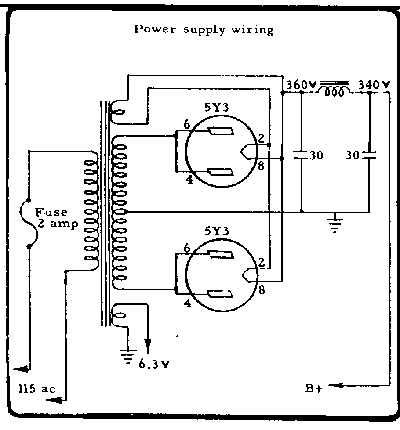The cathode acts as an "emitter." When heated up, it emits electrons which are attracted to the positively-charged plate. The control grid, which is interposed between them, controls this flow in a manner analogous to a valve. (And as you probably know, tubes are known as "valves" in Europe). So, a small change in voltage (at the grid) can control a relatively large flow of current (from cathode to plate). That's how the amplification happens. This is the configuration most commonly seen and is known as a "common cathode" or "grounded cathode" amplifier.
Since the amount of current flowing through the tube is controlled by the difference in voltage between the grid and the cathode, it's possible (although less common) to hold the grid voltage at a fixed value and inject the signal at the cathode. This configuration, known as "grounded grid", is not often seen in audio work due to its low input impedance. Its main advantage is low input capacitance, since the grid (which is AC-grounded) acts as a screen between the plate and the input signal. For this reason, the grounded-grid amp is favored in high-frequency work.
If the cathode resistor is not bypassed by a capacitor, then voltage appears across it corresponding to the input signal at the grid. The source impedance at this terminal is relatively low, while the input signal sees only a very high impedance at the grid. This amplifier has no gain--in fact, even when the circuit values are optimized, it always has a slight loss--but this impedance transformation action makes it useful as a buffer. This type amplifier is known as a "cathode follower."
The point of this quick primer is that although the plate is usually used as the output terminal, this is not always the case. The plate or cathode may be used as an output terminal, and the grid or the cathode can be used as the input terminal.
In a power supply, a tube rectifier is acting as a diode or--if it's a fullwave rectifier tube--a pair of diodes with a common cathode. Remember that the plate connects to the higher positive potential! There's no control grid in a diode ("diode" comes from the Greek word for "two", since it's a two-electrode device). A tube, whether it has grids or not, will only allow current flow in one direction. So the tube rectifier--or tube diode, if you prefer--performs a function very much like a solid-state diode, although with a higher forward voltage drop since the terminals are separated by a vacuum instead of a semiconductor junction.






